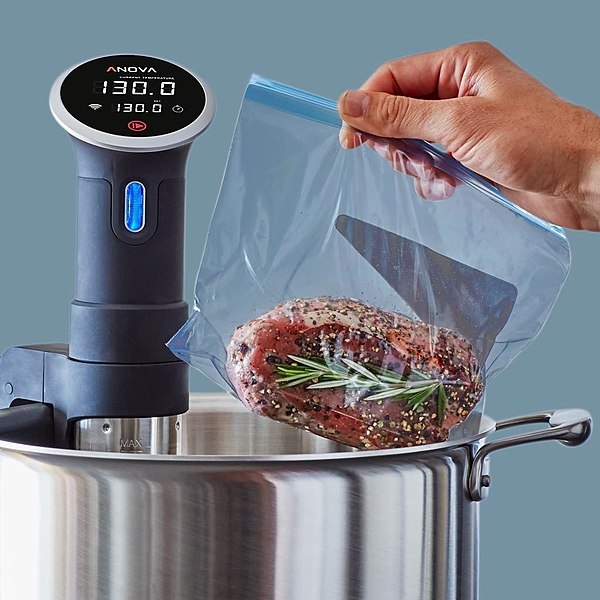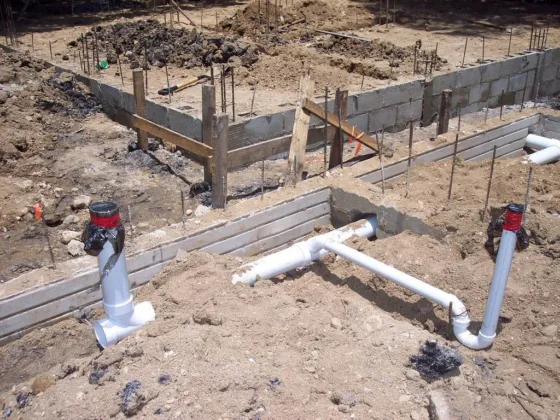Foodborne illnesses affect millions globally each year, with a majority requiring hospitalization.
As such, temperature management is one of the most important aspects of managing food-related infections. Bacteria and other disease-causing germs grow slowly at low temperatures, proliferate rapidly at mid-range temperatures, and die at high temperatures.
Perishable foods must be kept at correct low temperatures to prevent bacterial development or heated to temperatures high enough to destroy hazardous germs for their safety. To avoid undercooking, which can result in foodborne disease, use a food thermometer while cooking meat, poultry, and egg products.

Bacteria may develop to deadly levels when some foods are left out for lengthy periods of time at particular temperatures. Foods that spend less time at growth-promoting temperatures have a lower chance of making you sick.
It is your responsibility if you work in food manufacturing or preparation to keep eatables safe by chilling, heating, and storing them according to permitted techniques. Here we will look at ways to keep food as safe as possible from bacteria and other contaminations. The HVAC service industry is particularly devoted to assisting people and companies with such requirements.
The Danger Zone for Foods
Bacteria can be found in the earth, air, and water, as well as the foods we eat. When bacteria have enough nutrition (food), moisture, time, and warm temperatures, they multiply quickly, reaching a point where some might cause sickness.
Bacteria grow fastest at temperatures between 40- and 140-degrees Fahrenheit, doubling in number in as little as 20 minutes. The “Danger Zone” is the name given to this temperature range.
Bring a cooler with plenty of ice, frozen gel packs, or a similar cold source if you’re traveling with cold meals. Use a hot campfire or a portable stove for cooking. It’s difficult to keep foods hot when traveling without a heat source, so prepare items ahead of time, chill them, and transport them cold.
Cooking and Reheating Temperature Control
High amounts of bacteria may be found in raw foods including fruits, meat, and vegetables owing to soil contamination or the production methods. To destroy bacteria, food must be properly heated to a minimum temperature of 125°F for a couple of minutes.
Using a probe thermometer to verify whether the meal has been properly cooked is one option, but simultaneously, you need to be careful that probe thermometers do not taint or contaminate the item being probed.
You should wash and sanitize them before using them on ready-to-eat preparations. If you’re going to use antibacterial wipes, be sure they’re food-safe. It’s also a good idea to keep track of the checks you write. High-risk food temperatures should be checked and recorded each day.
Raed Also:
Leftover Storage
Improper chilling of cooked meals is one of the most prevalent causes of foodborne disease. Bacteria can be reintroduced to food after it has been cooked to a safe internal temperature since they are everywhere. As a result, leftovers should be placed in shallow containers for rapid cooling and refrigerated within two hours.
Chilling Temperature Control
Although food that has been chilled might not wipe out bacteria completely, it does delay their growth rate. As a result, food left in the fridge may still spoil, but it will take longer. Perishable items must be kept chilled at 46.4°F or below according to food regulations.
Frozen food should be maintained at a temperature of -0.4°F or lower. It’s a good idea to check and note the temperature of your refrigerator and freezer at least once each day.
Consequently, when a refrigerator can’t keep food below 46.4°F, it has to be fixed or replaced. Eatables should be cooled down as rapidly as possible to prevent leaving them in the danger zone for extended periods. Foods should be cooled down to below 46.4°F in 90 minutes.
Controlling The Temperature of Hot Food
While serving piping food, it must be cooked to a minimum of 167°F for a couple of minutes and before keeping it at a temperature of at least 145.4°F. This is a legal obligation, and checking whether meals that are kept heated are at or beyond 145.4°F frequently is an excellent practice.
Bacteria, viruses, parasites, allergies, molds, toxins, and pollutants are the most prevalent causes of foodborne disease. Stomach cramps, an upset stomach, vomiting, diarrhea, and fever are all common symptoms of food-related illness.
Foodborne infections, on the other hand, can cause renal failure, persistent arthritis, brain and nerve damage, and death. Most incidents of foodborne disease can be avoided with appropriate cooking and food preparation. Temperature regulation is a basic yet vital skill that might save your life.










